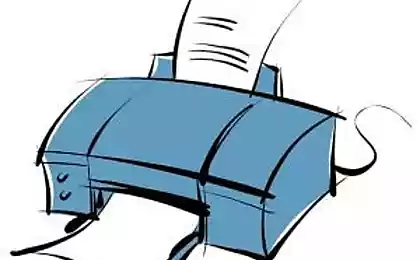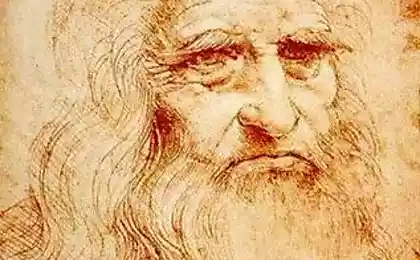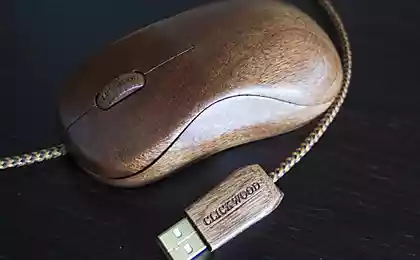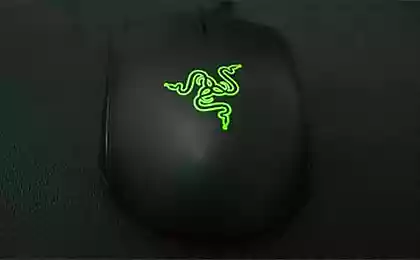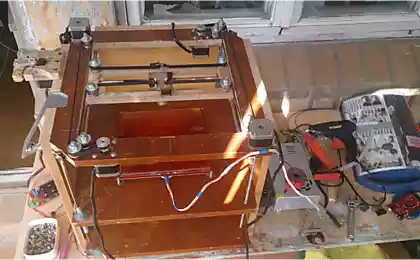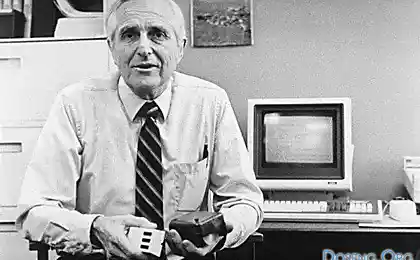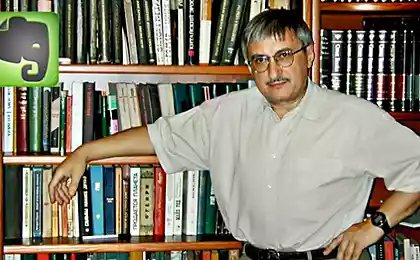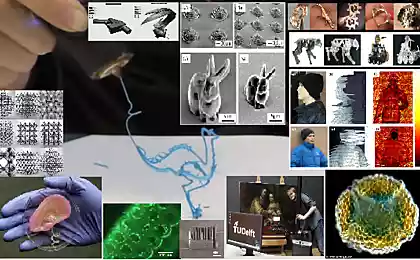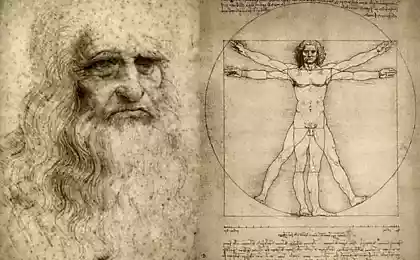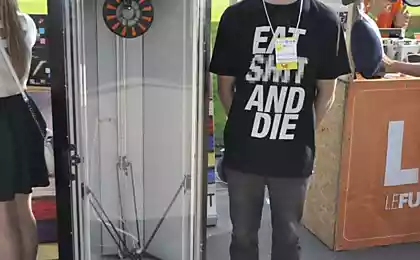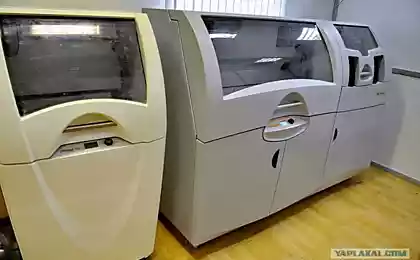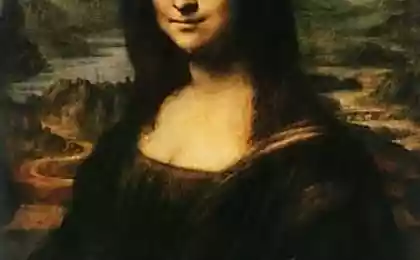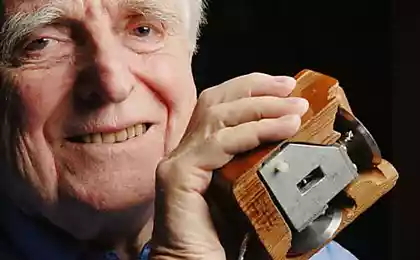1349
Interview with creator 3d mouse Leonardo. Part 2
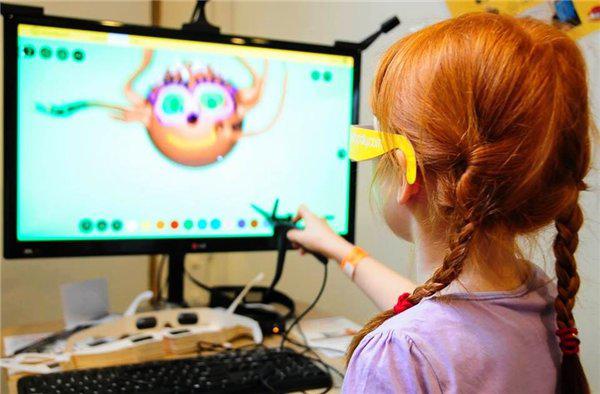
Hello everyone! Today Fabbers puts the second part of an interview with the creator 3d mouse Leonardo Daniel Rataj. The first part of the interview can be viewed and read here .
For your convenience, we have added as video chat, and so text of the interview under the spoiler. B> - Could you share what awaits us in 2015 - news, discoveries, new products?
- Well, I hope that in 2015, Leopoly will be very successful, and we will have a lot of users to Leopoly and we can take a big step forward in the field of education. In fact, a revolution in education is not so easy, because there are already established processes and methods of teaching, it is necessary to have good teaching materials and be able to contact the right people, but we are on the right track. So, I hope in 2015 we can finally see this project as we integrate Leonardo in education. I hope and believe that this will happen in 2015. And there will be many users who have print and use Leonardo to create their own things for the house.
- Can you show us how the system works? B>
- Yes, I have here a Leonardo and I put the camera to show you my screen
(It's okay, you see it). OK, you see my screen right? So, as you can see, Leonardo three main elements. One bird, which we have already spoken. With it, I can manipulate the 3D space.
I have these glasses, and is very interesting is that if I move my glasses, the image is also moving, that is, we keep track of the position of points as well. This means that it is not just an illusion or a 3D-3D-effect, and that the computer displays the picture just from the perspective of my eyes. So I really see it as a reality, so if I move over your head in the object, I really hits his head. If I tilt my head to the left with respect to the subject, I do see the left side of the object. It's really realistic experience. Similarly, we have a three-dimensional platform, this app actually - one of the applications that we have done for Leonardo and what I'm going to show now is software for 3D modeling.
And, let's say, for example, we have a sphere, can I just take this sphere and 3D-modeled on the sphere, and since I use a bird, not just the mouse, I can immediately change the surface of the object where I want. I can make 3D objects with extreme speed, for example, let's suppose that this little guy smiled, dorisuem teeth, horns. I can also portray the nose, and if I want to add a language, I can put it here ...
Within a few seconds, I have created a complete 3D object, and it would be impossible to do in any other way, and it's even faster than paint on a piece of paper. This is the full 3D object, you can print it, you can paint it, you can revive him. You can do anything with it that you can do with 3D-objects.
So it's an incredible step forward ...
For example here, I can duplicate this little guy, let's say we have two copies of the original. For example, I can add gravity, and they just fall, I can play with them ... Also, for example, I can put into the virtual space of the cylinder, let's let them be two or three. Similarly, we can deliver the ball, and a couple of seconds I can create your own computer game. And, for example, yes, here we strike!
Thus, there are many possibilities, you can make an animation, you can make a 3D presentation, and many other things. You can import and export standard file formats. The program is compatible with all other 3D applications for design, that is, if you are working in 3D, you have extreme possibilities.
- Daniel, could you tell me that you have seen the most interesting, made with the help of your system? B>
- Um, actually I remember the first time when Leonardo was not developed to that level, we were on exhibition SIGGRAPH, and we still did not have the bird, and was just an aluminum rod with LED indicator on the end. And I remember as a designer came to our stand and sdizaynil terrible dog-monster. I was really shocked, because at that time even I could create something so good. Of course, we have developed an application later, it became a lot easier with these pieces, but it was really shocking.
Later, we also began to create very good things. For example, when we participate in exhibitions together with my colleagues, we have created 60 to 70 objects per day, per person ... just so we show people what's going on, we do not always do the objects and play at the same time showing something here (in the program), how it was created ... and by the end of the day we are creating a lot more objects ... But perhaps the Monster was the most shocking.
Now it is much more interesting things created later. For example, a student from the University of Iowa at CES, where we exhibited together. I remember when I went down the hall to see the other stands ... As I said, this guy was from the University of Iowa and the University of Iowa class full set of virtual reality with lots of Leonardo Leonardo, and there they learn how to use it. His name is Zack, and it works very well with Leonardo, and it can create some really interesting things. I remember that moment on CES, when I was running around the room, and left our stand for a few minutes ... And when I came back, he created not just one object, but a complete environment with rocks and waterfalls and trees and objects of different types.
Because he created this environment very quickly, I simply said, "Wow." And you can create all this ...
- Since you're just starting to enter the market of Russia, can you tell me the most important aspects of your system in comparison with other systems, or tools? B>
- Yes, it is very difficult to compare because the virtual reality of this new field.
For example, perhaps you've heard of Oculus Rif, but it is quite another direction, so while I do believe that the Oculus will make a huge breakthrough in the market
and it will be very, very cool, this device is a virtual reality where you are completely inside the virtual reality, but if you have a situation where you really want to create something and work on something, for example, this type of system (Leonardo) is ideal.
Also, for example, there is a virtual system size of a room, they are very expensive
compared to Leonardo. It is an affordable solution that everyone can have a house, so I think that the main field for Leonardo, if you have a situation such as in education, and you need a lot of space of virtual reality in a class to teach students, then Leonardo - the perfect tool. If you really want to create, then Leonardo - the best tool. Or for different types of games and Leonardo is the best instrumentom.Naprimer, there is a strategy game where you control your team, and you tell your team what to do in this case, Leonardo will also be an ideal tool to achieve. So I think that this is our main direction of the market. But to be honest, there are many types of virtual reality systems. Leonardo also a great advantage, because it is one of the most affordable systems on the market, because other systems are much more expensive.
Thank you for being with us.
Especially for the store of 3D-printers
Source: geektimes.ru/company/fabbers/blog/240634/
Travetin natural stone, consisting of calcium, more durable than limestone
Eugene Lakosnik: violinist, pianist, and not become a game designer, who became lempvorkerom


